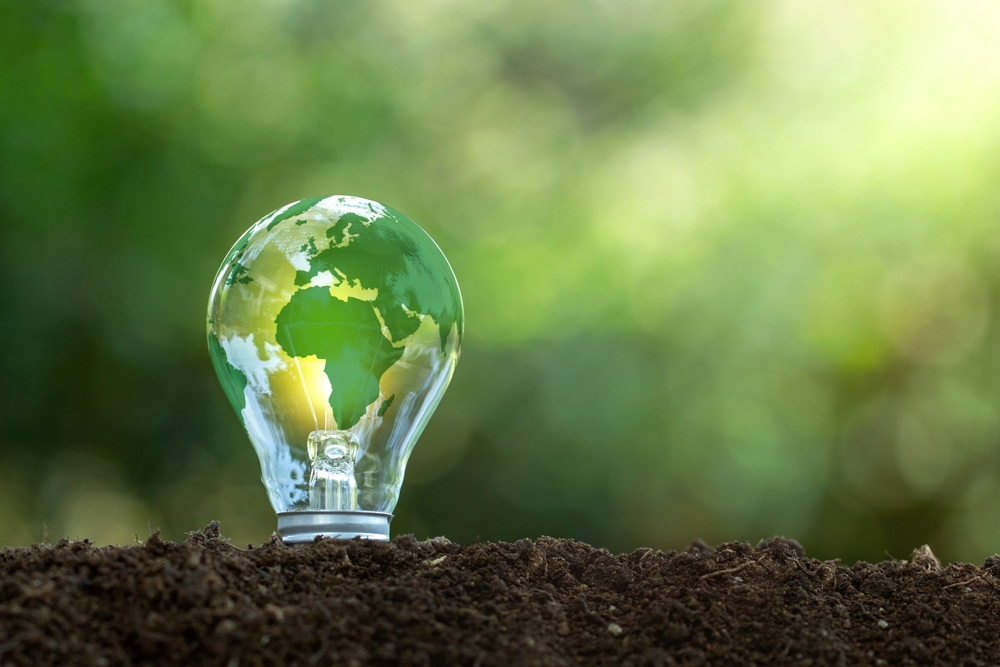No security without clean energy
Progress in the power sector on renewables does not go far enough. The G7 must make essential moves towards carbon neutrality before it’s too late
What advances have been made in achieving the renewable energy transition?
We need action now. Success in reducing emissions determines whether the global temperature rise can be limited to 1.5°C. Considerably scaling up renewables and efficiency solutions by 2030 is the only realistic option.
IRENA’s Preview of the World Energy Transitions Outlook 2023 shows that the scale and extent of the change in all sectors fall far short. The energy transition is off track.
There is some progress in the power sector, with renewables representing an unprecedented 83% of power additions. The biggest annual increase in renewable energy capacity – 295 GW – was added worldwide in 2022.
Unfortunately, the good news ends here. Deployment is concentrated in a few countries and a tiny number of technologies. Renewables power levels must more than triple to more than 10,000 GW by 2030.
We must look at transport, industry and heating, too. G7 members have committed to reach net zero by 2050. This requires comprehensively transforming all end-use sectors, as well as energy transport and trade.
IRENA supports this ambition and is working closely with Japan’s G7 presidency on critical materials, offshore wind and clean hydrogen. Hydrogen could become the vital link between renewable power generation and hard-to-abate sectors.
What major tasks and challenges remain?
We don’t have the luxury of time to evolve a clean energy system like the one that enabled fossil fuels over the past 150 years.
We can address structural barriers by focusing on the demand for clean energy and enablers of a renewables-dominated system. WETO outlines three priority areas:
Infrastructure: We need to build the physical infrastructure for the new system – investing in grids and trade routes on land and sea, including for hydrogen and its derivatives.
Policies: We need the policy and regulatory architecture to incentivise investment.
Skills: We need to shift institutional capacities to align people’s skills and capabilities with the new energy system – a well-skilled workforce must benefit from the transition.
This requires significant investment and a new paradigm for international cooperation in which all actors play an optimal role.
How is IRENA working to reinforce and expand the existing advances?
We must rewrite the way international cooperation works. The expanding roster of actors in the energy transition requires assessing roles to leverage respective strengths and efficiently allocate limited public resources.
The transition requires large public investment to trigger the systemic change we need. Multilateral financial institutions should focus on building the physical infrastructure necessary to develop energy systems that run on renewables.
Although the global investment across transition technologies reached a record high of $1.3 trillion in 2022, annual investment must more than quadruple. By 2030, cumulative investments must reach $44 trillion, with transition technologies representing 80% of the total – or $35 trillion.
Public financing is critical to help achieve a just, inclusive energy transition. Yet the investment gap between developed and developing countries is widening. Last year, 85% of investments in renewables benefited only 50% of the global population. Africa accounted for only 1% of additional capacity. This must change.
IRENA’s finance platform, ETAF, channels much-needed capital to developing countries and emerging markets to close that gap.
How does IRENA see the role of infrastructure for the energy transition?
What makes the system work is infrastructure bringing energy into your home. Most countries have the resources to harness renewables, but physical infrastructure is necessary to deliver them. We must also consider the change in geographic dynamics that includes the Global South.
Take the example of green hydrogen: not all regions are equally covered by pipelines. Dense pipeline networks in East Asia, Eurasia and North America contrast starkly with the relatively sparse networks on other continents, and an almost complete absence in Sub-Saharan Africa.
Furthermore, infrastructure is durable. Every decision today about fixed energy infrastructure should consider the structure and geography of the low-carbon economy of the future and avoid the risk of stranded assets.
How can G7 leaders at their Hiroshima Summit help?
G7 members must address today’s energy security challenges while making progress towards carbon neutrality. Leaders must strike the right balance between reactive measures and proactive energy transition strategies that promote a more resilient, inclusive and climate-safe system, and send a strong signal to the world.
There is no security without clean energy. Several root causes of today’s crises stem from the fossil fuel–based energy system: overdependence on a limited number of fuel exporters, inefficient and wasteful energy production and consumption, and inadequate accounting for environmental costs.
An energy transition based on renewables can reduce or eliminate such inefficiencies. Coal and oil power has no place in the decarbonised energy system. The speed of the change will determine the levels of energy security and resilience at the national level and offer new opportunities for improved human welfare globally.












